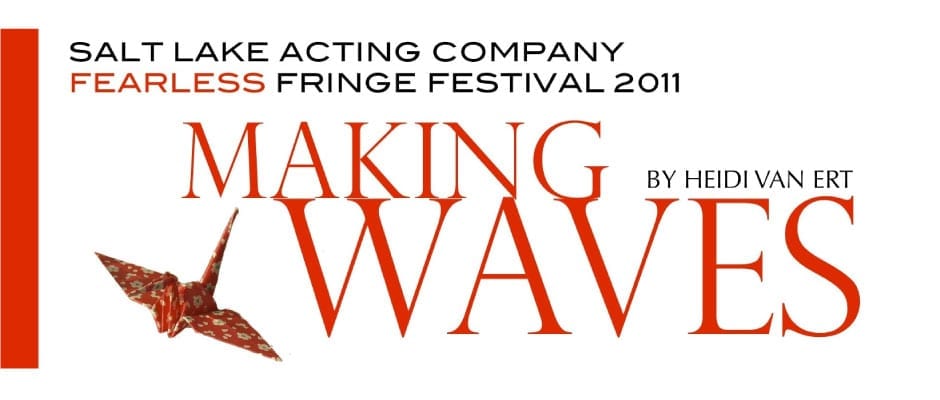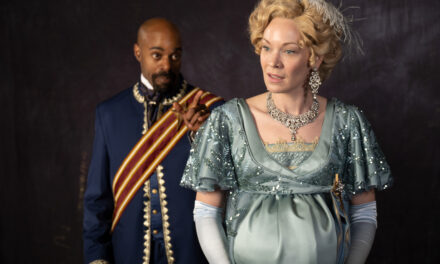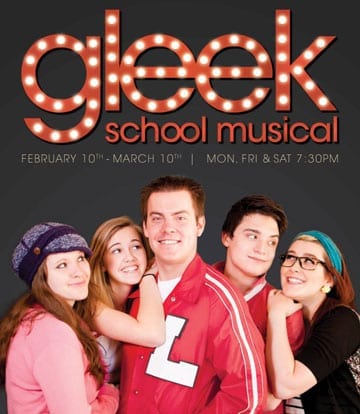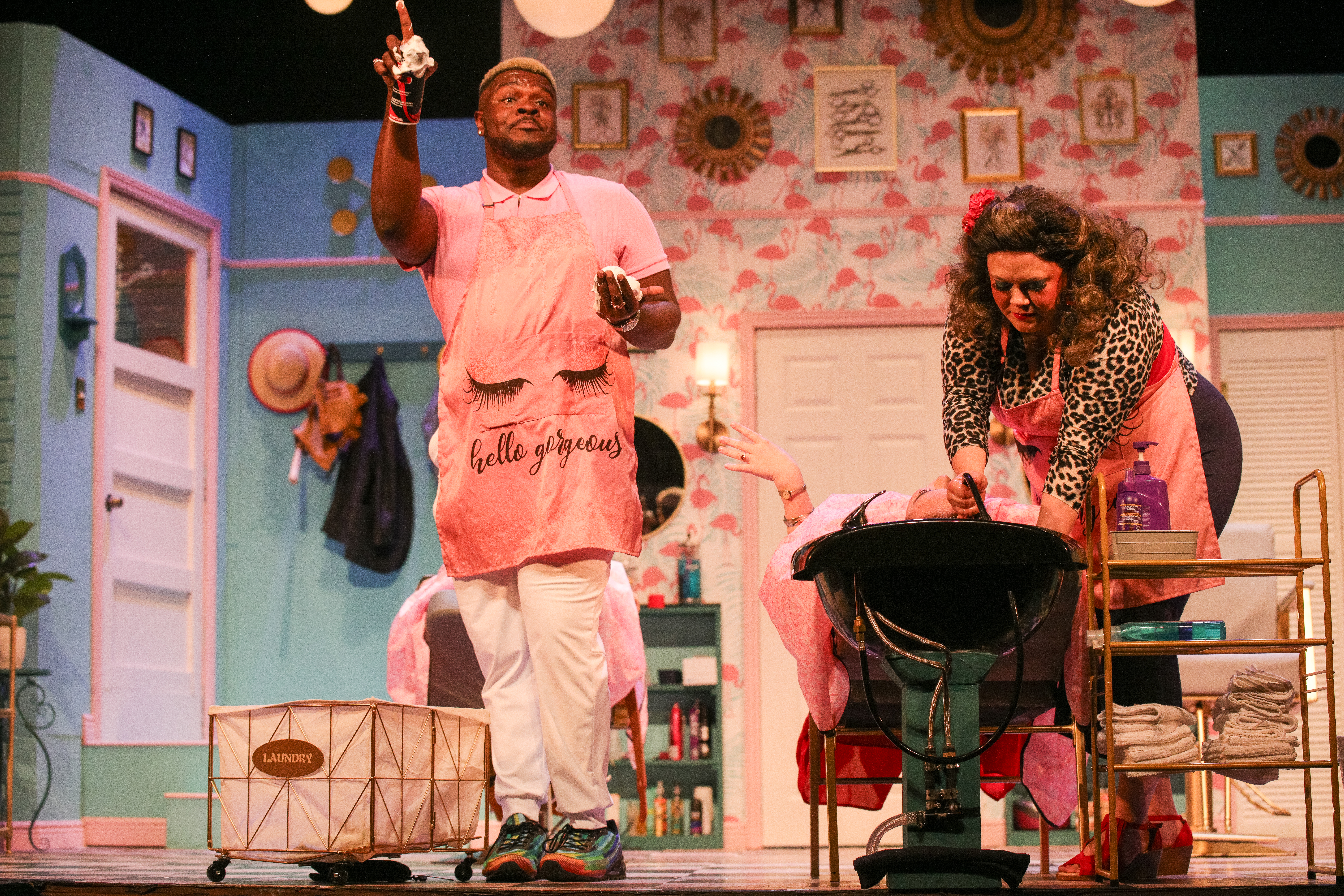SALT LAKE CITY — Every year, Salt Lake Acting Company hosts its Fearless Fringe Festival, which is designed to be a showcase of Utah playwrights’ scripts in progress. Staged readings of unpolished scripts always feel so raw and so exciting for me because the feedback that the audience and actors provide to a playwright often cause the writer to make changes to the script—and the exact work that I see in the reading may never be mounted again. With eager anticipation, I went to Making Waves, which caught my interest because SLAC billed it as a production about teachers and their impact on young lives. Being an educator myself (and holding a doctorate in educational psychology), I thought that the script would be relevant to my personal and professional lives.
Making Waves
- Written by Heidi Van Ert, in collaboration with Katharine Dalton and Amanda Waterhouse | Directed by Jared Larkin.
- Featuring Heidi Van Ert, Joshua Long, Amber Meyer, and Nicole Robinson.
SYNOPSIS: Throughout the evening, the four performers, most of which are delivered as monologues, about teaching. Some of these stories are touching; others are shocking. Some aren’t stories per se, but rather are descriptions about the world of teaching and the educational system in the United States. While some of these vignettes are illuminating, after the first hour, many of them started to blur together (especially because most were delivered in a similar format: a monologue). By the end, I started to care less about these needy kids, which was almost certainly the opposite intention of the playwright. If I hadn’t jotted down the names of Troy, Lorenzo, Kelly, David, and others, I wouldn’t have remembered them the next day and I likely wouldn’t have remembered more than one or two major themes from any one story. I think it would have been more effective for Van Ert to pick one or two stories and spend more time telling those throughout the night than to pack in several stories that all have the same aim.
I’m also disappointed in the lack of timeliness in the script. Usually staged readings are on the cutting edge of society because they’re addressing current issues. But, aside from one short vignette about the No Child Left Behind Act, this script could have been written 10 or 12 years ago. There was no mention, for example, about the recent controversy over the Ogden School District’s contract negotiations, the Wisconsin state legislature’s move to restrict collective bargaining for teachers, Utah’s adoption of the new Common Core Curriculum, or a wide variety of other new issues that teachers are forced to grapple with. I think Van Ert would have had a more compelling script if it had been peppered with some of the new issues that face the teaching profession today.
Finally, I think that the lack of structure greatly hurt the goals of the playwright. I don’t have anything against a loose collection of vignettes as a structure. (One of my favorite musicals is Company, and I wrote a script that mostly consists of a collection of short episodes.) But there was little to tie them together into one coherent whole. Some of the vignettes didn’t seem to fit with any others and the result was a muddied piece of work. I still can’t figure out whether Van Ert was trying to congratulate and motivate current teachers, persuade the public to fight for teachers’ needs, or to give insight into students’ needs.
I look forward to seeing more focus in the message, and diversity in the presentation as this play continues to be developed.
REACTION TO THE PERFORMANCE: The cast consisted of Heidi Van Ert, Joshua Long, Amber Meyer, and Nicole Robinson—all of whom are teachers and not professional actors. I believe that casting real-life teachers in this play was a smart move on Larkin’s part because it ensured that the words spoken by the performers were sincere. It also meant that the performers understood the issues they were talking about much better than most actors would. Because the performers were not actors, though, their delivery was sometimes lacking (such as in the celebrity monologue or while re-enacting the hallway fight).
I also thought that the whole evening was quite static, which may be to blame on the directing. So many of the episodes in the script were so similar to others that they blurred together in my mind. This tendency was augmented by the fact that many of these vignettes were also staged similarly. On the other hand, this may be a symptom of the script’s problems and not an indictment of Larkin’s work.
Overall, Making Waves did not make for an interesting evening of theatre. However, if it were cut down to 45 minutes and given at a teacher inservice training, it would be marvelous. If Van Ert hopes to mount her script in a theatre again, I suggest she do some heavy revisions.





